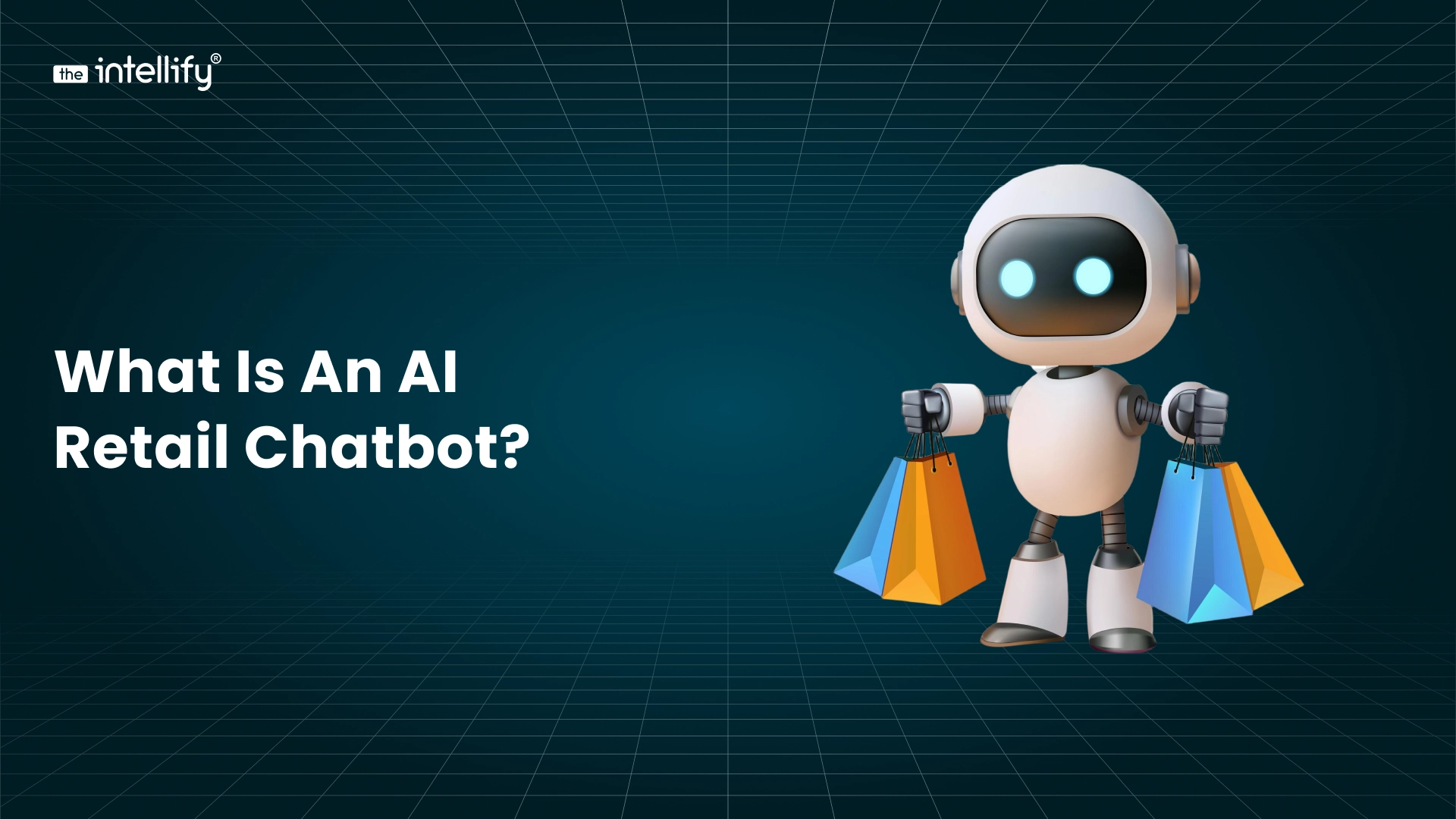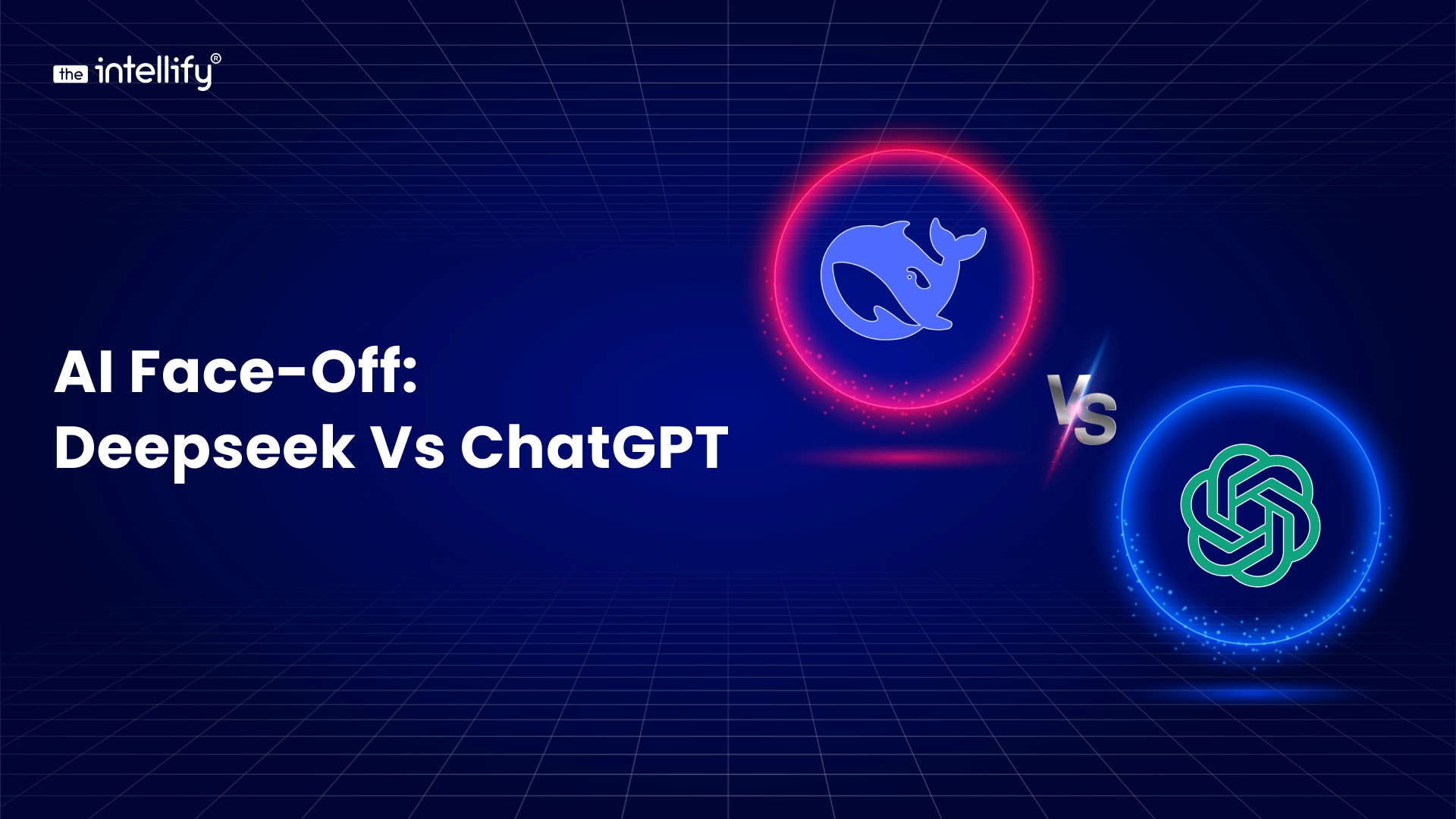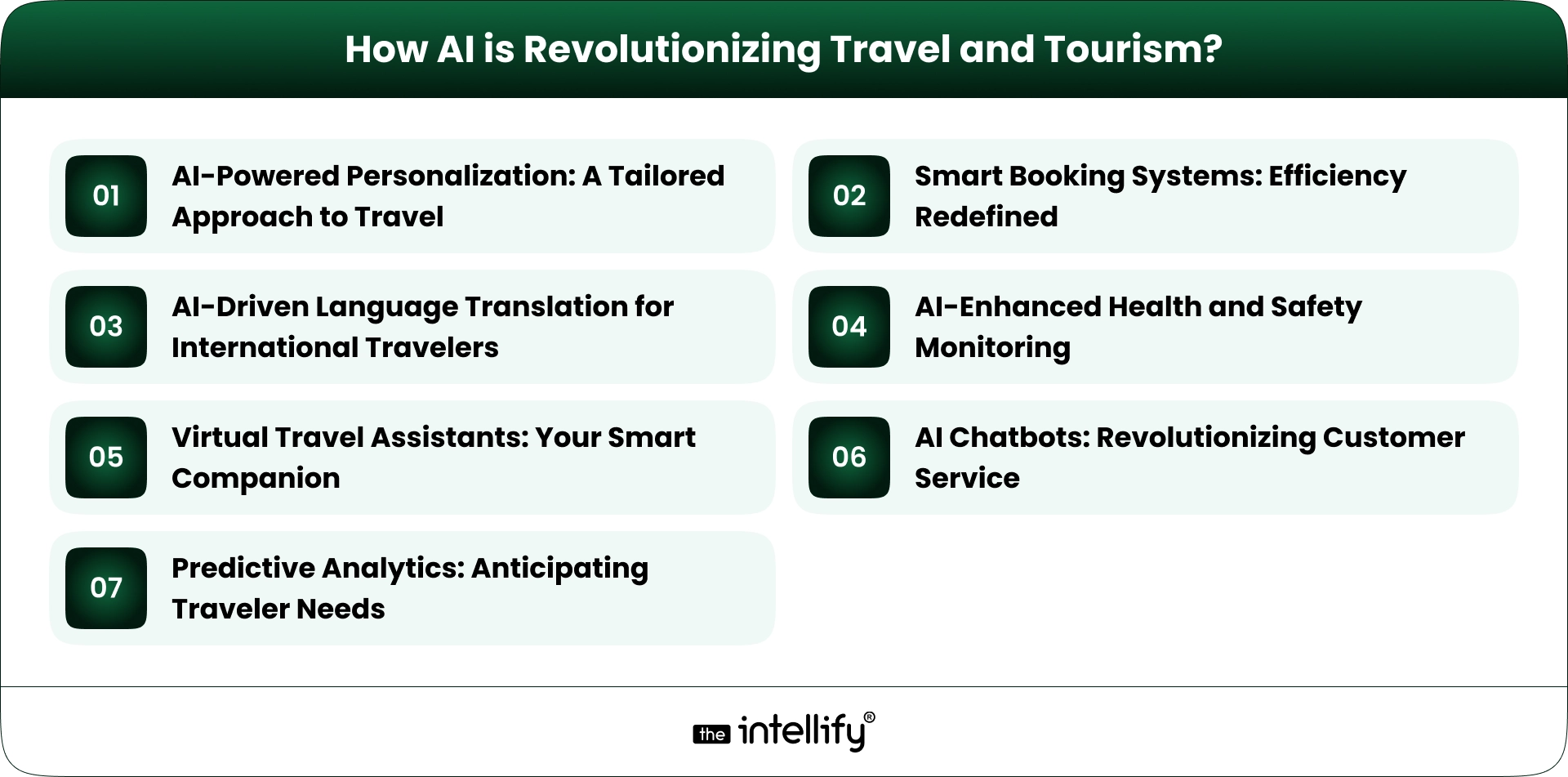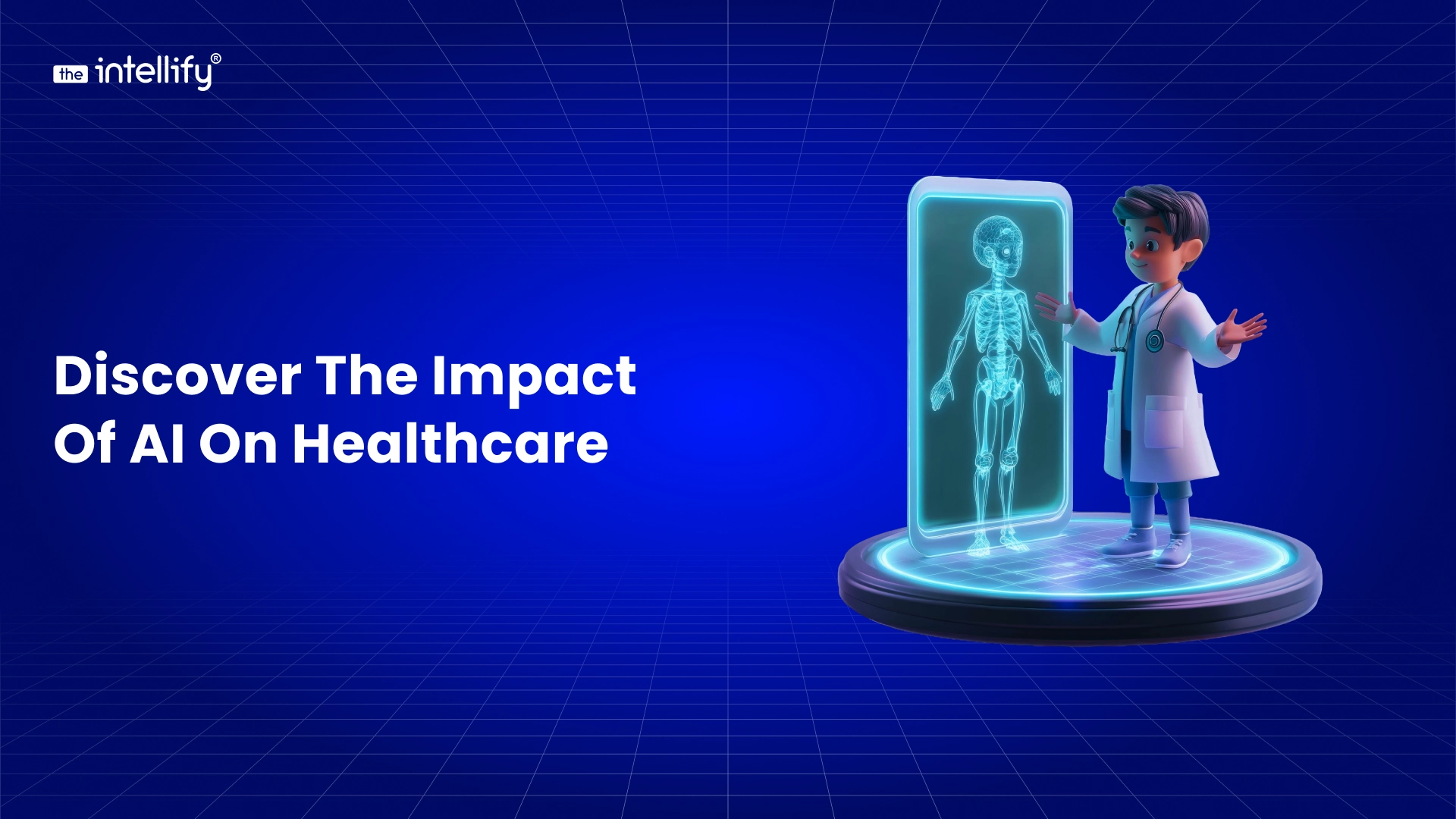Summary
AI Chatbots for the Retail Industry have revolutionized customer interactions in retail. Retail digital assistants help businesses run more efficiently. They improve customer relationships and the shopping experience. Retail bots use NLP and ML to chat like humans. They provide helpful, personalized support. AI chatbot development is essential in creating these advanced systems that cater to retail needs. This article explores retail chatbots in detail. It analyses their types, benefits, and applications. It also shows how to build retail AI chatbots.
Importance of AI in Retail
The tough retail market demands a top-notch customer experience. It’s the key to business success. Today’s consumers want quick, personalized service and easy support. These factors determine their loyalty to a brand. AI Chatbots in Retail are the solution the industry needs.
These retail chatbot software meet consumer demands. They provide 24/7, personalized service at scale. These tools boost customer satisfaction. They also help businesses grow and be more efficient. All retailers of any size must use chatbots to stay competitive.
How AI Chatbots Are Transforming the Retail Industry?
Top Retail chatbots are AI agents. They help customers with shopping. In 2023 the worldwide chatbot market exceeded $5.4 billion in value. Virtual assistants will generate $142 billion worth of retail sales by 2025, and consumers will maintain a neutral to positive evaluation of their chatbot encounters at 87.2%. Industrial efficiency improvements through chatbot implementation will save business operations $8 billion annually. These systems enhance operational efficiency to achieve their business outcomes. The combined impact results in 30% lower customer support expenditures and 80% faster response times.
What Are AI Chatbots in Retail?

AI-Powered Customer Assistance
Retail AI chatbots are tools that assist customers through conversation. They answer questions and suggest products. AI, NLP, and ML interpret customer inquiries to respond to chatbots. Retail chatbots provide instant, consistent support. They need no human help, unlike traditional systems.
Mimicking Human Interaction
These retail chatbots mimic human conversation. They interpret user feedback and goals to provide contextually relevant responses. The chatbot can check product availability in real-time. So it can quickly answer customer queries. Retailers benefit from this connection. It smooths the shopping process.
Superior to Traditional Support
Retail chatbots are better than call centres and email for support. It scales better, delivers more personalized service, and is cheaper. The chatbot platform helps businesses build personalized chatbots. These chatbots meet their needs and improve customer experiences.
Beyond Text-Based Interactions
Retail chatbots do more than text. They connect with voice commerce services. This lets customers use voice commands to search for products and make payments. AI chatbots help modern consumers by serving their diverse preferences. Thus, they are essential for today’s retail market.
What are the Advantages of AI Chatbots in Retail?

AI Chatbots in Retail improve operations and save money. This creates a better retail experience. Sales agents first benefit from chatbots through automation. These systems handle common queries, except for returns. This lets employees focus on complex issues. The automation process creates both time savings and error reduction.
AI chatbots provide customized service quality that operates across multiple client interactions. AI chatbots review customer data to give targeted recommendations. These include cross-selling products based on past purchases. Through tailored customer interactions, customers become more satisfied, which drives higher sales results.
AI Chatbots in Retail are highly scalable. This is crucial for peak times, like Black Friday and holiday sales. These systems process multiple queries at once so customers never go unanswered. Chatbots help businesses cut costs. They replace large customer service teams but keep high-quality interactions.
These chatbots collect valuable customer feedback. It helps businesses find ways to improve. The Intellify helps retailers add feedback loops to their chatbots. This way, they can keep improving them continuously.
Retail chatbots help brands build customer loyalty. Their reliable service wins customers. These chatbots solve customer frustration. They cut long wait times and unresponsive support. They also provide better feedback. Chatbots help customers buy by assisting them throughout their journey.
Read Also: What are AI Chatbots?
Challenges of AI Implementation in Retail

Retail AI chatbots benefit businesses. However, organizations must fix some issues. Chatbot systems must run well to satisfy customers and meet business goals. This requires fixing several performance-limiting issues.
1. Understanding complex queries
AI Chatbots in Retail struggle with complex customer queries. They cannot understand difficult questions. NLP has come a long way, but chatbots still struggle. They often misinterpret complex language and sarcasm, mainly because of cultural differences. This leads to unproductive responses.
2. Ensure robust data encryption
Retail chatbots need sensitive consumer data for personalization, which raises privacy and security concerns. I worry that the private information customers provide might not be safe. Businesses must protect customer data and meet GDPR standards, and they need reliable security systems for this.
3. Legacy Systems
Many retailers have outdated IT systems. They block easy integration with modern chatbot platforms. Incompatible systems block chatbots from key features. These include inventory data, order info, and customer purchase records.
Companies building advanced AI Chatbots in Retail face high development and ongoing training costs. This lack of compatibility can hinder chatbots. It limits their access to real-time inventory, order details, and customer history.
4. High Development and Maintenance Costs
Building an advanced AI chatbot is costly. It requires a big investment in development, training, and maintenance. Small to medium-sized businesses struggle to fund these initiatives. It’s hard to predict their return on investment. Chatbots can handle basic inquiries efficiently.
Customers get frustrated when chatbots can’t solve complex problems. They also dislike long waits to reach a human. Chatbots have issues. They cannot access real-time inventory, order details, and customer history.
5. Customer Frustration with Limited Capabilities
Chatbots excel at simple queries. They frustrate customers. They fail to connect them to humans or resolve complex issues quickly. Customer satisfaction relies on how well we switch from automated to human support.
6. Language and Cultural Barriers
Chatbots must provide multilingual support for global retailers. This is a technical challenge. Building chatbots for various languages and cultures is costly. It requires much training and localization work.
7. Regular maintenance is required
AI Chatbots in Retail need ongoing maintenance. They must adapt to changing consumer demands, new products, and market trends. Lack of chatbot optimization leads to outdated responses. Users find this unsatisfactory.
8. Ethical Concerns and Bias in AI
Retail chatbots may have biased replies. They come from their training data. This can lead to unfair interactions with users. To resolve ethical issues, we must improve algorithms. We must ensure they are fair and inclusive. Retail chatbots have many applications that improve customer interactions during the purchasing process.
However, they may not easily integrate with modern chatbot platforms. This lack of compatibility can disrupt how chatbots work. It limits their access to real-time inventory, order details, and customer history.
Use Cases of Retail Chatbots

The use cases of retail chatbots are vast, addressing aspects of the customer journey. A major retail use for these systems is 24/7 customer support. Retail chatbots provide real-time answers to customers. They cover business hours, product availability, and store policies.
Personalized product recommendations function as one of the main applications. Chatbots analyse history and preferences to suggest products. This boosts the chances of a purchase. When customers search for sneakers, the chatbot suggests accessories. These include socks and fitness trackers.
The retail industry relies on chatbots to reduce abandoned shopping carts. Chatbots notify consumers about abandoned cart items. They also offer discounts to encourage customers to complete their purchases. After buying, customers can track and return orders. This improves their experience.
Chatbots can collect customer feedback. They help businesses find and fix weaknesses in their products and services. Chatbots manage promotions and cross-selling.
They track sales offers for customers and suggest complementary products. The retail industry has seen retail chatbots succeed at H&M, Sephora, and other top brands.
Retail chatbots show their value when merging with loyalty programs. Retail chatbots let members check their reward points. They also present exclusive offers and help redeem points at checkout. Chatbots improve customer loyalty by streamlining program operations. They keep customers invested in rewards programs.
Through social commerce, retail chatbots play a vital role. Retail chatbots create shopping opportunities via Facebook Messenger and Instagram. They do this through platform integration. Integrating shopping and social functions makes online shopping very convenient.
Learn More: Insurance Chatbot Development
Types of Retail Chatbots

Rule-Based Chatbots
Retail chatbots exist in various formats that fulfil specific business requirements. Between them, rule-based chatbots follow programmed decision scripts and tree-based logic structures. These programs meet basic questions well, yet their uncompromising nature creates performance restrictions.
AI-Powered Chatbots
AI chatbots use algorithms to understand the context and provide tailored answers. They effectively deliver tailored user interactions. Their intelligent adaptation skills handle complex customer interactions well. Voice-activated chatbots that connect to voice commerce platforms are in high demand. They allow users to operate them hands-free and easily.
Hybrid Chatbots
Hybrid chatbots combine rule-based and AI-powered features. This gives businesses the best of both technologies. These bots use AI to answer simple queries with structured replies. They address more complex customer needs. This includes those that suit unique retail needs.
Voice-Activated Chatbots
Voice commerce is growing fast, and voice-activated chatbots play a big role in this trend. Customers can now shop by voice commands. They can use smart devices like Amazon Alexa and Google Assistant. Tech-savvy, busy consumers find the hands-free capabilities of this system especially desirable.
Predictive AI Chatbots
A new type of chatbot exists. It uses AI for predictive customer service. It predicts their needs and suggests products based on their past online behaviour. This new capability gives customers a better way to interact. It boosts loyalty and sales.
How to Build a Retail AI Chatbot
Creating AI Chatbots in Retail follows a defined series of steps. The process starts with clearly setting your desired outcomes. First, set the main goals for your chatbot. It should improve support or sales or cut costs.
Selecting the right platform for your chatbot should be the second step in this process. It comes among the top retail chatbot platforms that let you create and use chatbots that fit your business needs.
First, pick your platform. Then, create workflows that meet your goals. Your chatbot needs AI, especially NLP and ML, to manage customer inquiries.
The development process reaches its essential stage during testing. Your chatbot requires testing together with real-world conditions to show effective performance.
After testing, deploy your chatbot. Then, track its performance. To maintain success your chatbot demands frequent maintenance and enhancement procedures.
Successful design requires user experience to remain a top priority. Your chatbot needs a user-friendly interface. It should look nice and allow smooth interactions. Analysed user interactions let you improve the chatbot’s responses. This boosts its performance over time.
To provide a full service, connect your chatbot to your CRM and other tools. This chatbot tech will greatly benefit your retail business. It can use customer purchase records to make tailored suggestions.
Future Trends in AI Retail Chatbots

Retail chatbots present many exciting opportunities in the upcoming years. AI Development technology now allows for emotionally intelligent chatbots. They can understand customers’ emotions. Chatbots will enable virtual store guidance. This will allow for virtual shopping using augmented and virtual reality.
Predictive analytics will help retail chatbots understand customer demand. They can then offer solutions based on anticipated needs. Organizations must develop multilingual capabilities because their business expansion extends across international markets. Retailers who use The Intellify’s advanced solutions will lead the industry. They will also stay at the forefront of innovation.
Blockchain-based chatbots can improve how businesses store and share data. Real-time information sharing via blockchain would boost security and transparency.
This, in turn, would increase trust in sharing customer data. Chatbots will help sustainability efforts. They will guide customers to eco-friendly products and sustainable practices.
Conclusion
Retail AI chatbots are very promising. Customers want seamless, personalized experiences. Chatbot solutions can boost customer satisfaction and grow businesses. They automate support and enable personalized shopping.
Selecting the correct chatbot solution requires serious consideration. Retail businesses need a flexible, easy-to-use solution that integrates well.
So, retailers should team up with a trusted self-service provider like The Intellify. Contact us for a free consultation, instant quotes, and best practices for eCommerce chatbots.


















![What are AI Chatbots? A Comprehensive Guide [2025]](https://theintellify.com/wp-content/uploads/2025/01/ai-chatbots-guide.webp)














